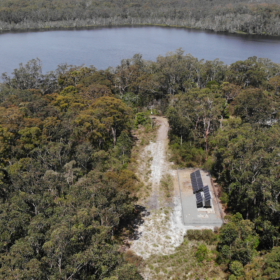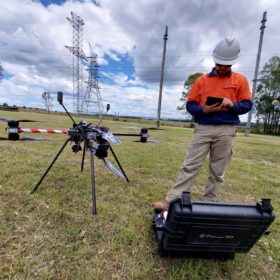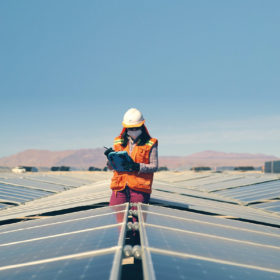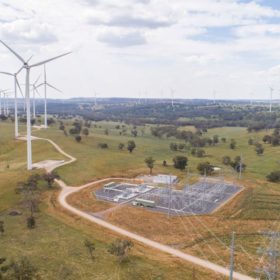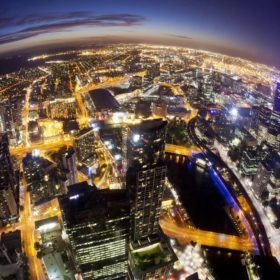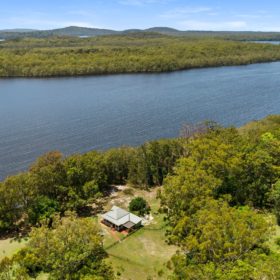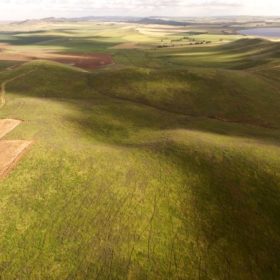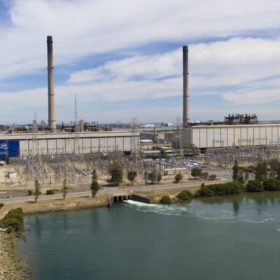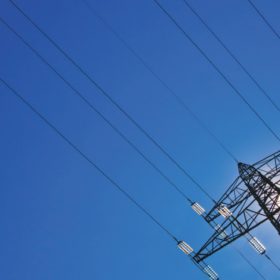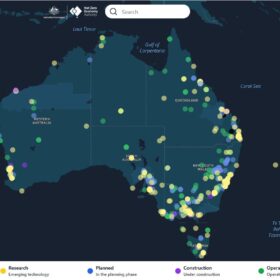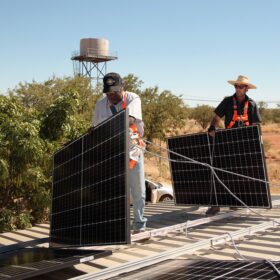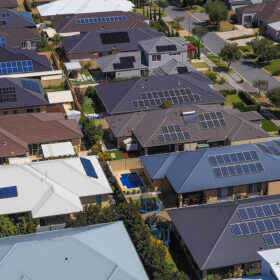Standalone power systems begin migrating to eastern states
Boundary Power, a union between West Australian standalone power system (SAPS) leader Horizon Power and Ampcontrol, has installed its first off-grid system for an unnamed east coast utility in regional New South Wales.
Infravision targets extra transmission capacity in Transgrid trial
Australian technology start-up Infravision will team with New South Wales network operator Transgrid in a trial of a “next generation” line-monitoring system designed to optimise the performance of existing electrical transmission infrastructure and support the roll out of more renewable energy.
Weekend read: Automate, foldout for a ultra-low-cost solar future
While the efficiency of solar cells will always be important, scaling innovation in sustainable cell technology and solar deployment, is the new game in town. With hydrogen exports and production of green metals in its sights, Australia has some breakthrough tech coming down the pike, as pv magazine Australia’s Natalie Filatoff reports.
CWP backs battery connection deal to boost investor confidence
Authorities have provided developer CWP Renewables with the tick of approval for what will be the first big battery in Australia to be added to an existing wind or solar farm with the same connection point in the National Electricity Market.
AEMO rolls out roadmap to 100% renewables
With Australia’s energy system rapidly transitioning from a traditional dependency on coal-fired power generation towards a future built on renewables, the market operator has detailed the engineering roadmap required for the country’s main power systems to operate on 100% renewable energy more frequently and for longer periods.
NSW holiday cottage home to green hydrogen SAPS trial
A holiday house in New South Wales is thought to be the first residential property in Australia to make the switch to a hybrid solar and green hydrogen standalone power system with network service provider Essential Energy trialling the off-grid technology.
Market operator launches grid connections tool
The Australian Energy Market Operator has launched an online connections simulator designed to improve and accelerate the grid-connection process for new energy generation and storage projects in the National Electricity Market.
Neoen signs connection agreement for Goyder South project
Renewable energy developer Neoen has inked a connection agreement with network operator ElectraNet which will allow for the first stage of its $3 billion (USD 2 billion) Goyder South project to connect to the grid in South Australia, paving the way for future wind, solar and battery storage opportunities at the site.
Rise of renewables sparks closure of Torrens Island gas power plant
Energy giant AGL has disclosed it will shutter its gas-fired Torrens Island B power station in South Australia within four years, citing the impending completion of a new electricity interconnector that will link power grids across three Australian states, unlocking gigawatts of new wind, solar PV and storage projects.
Federal government gives Copperstring transmission project tick of approval
Energy infrastructure company CuString has secured federal environmental approval for the massive CopperString 2.0 transmission link that would stretch across north Queensland, helping to unlock large-scale solar and wind investment along with large deposits of minerals key to the energy transition.
